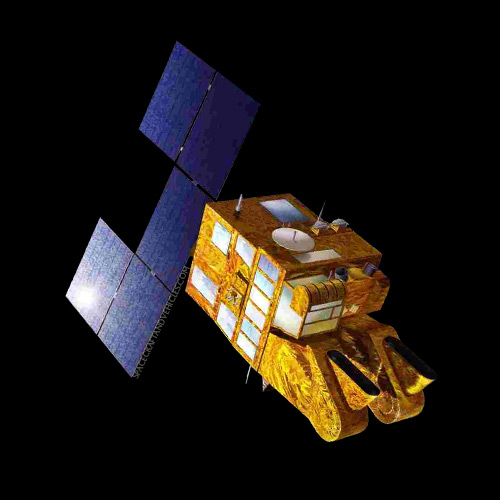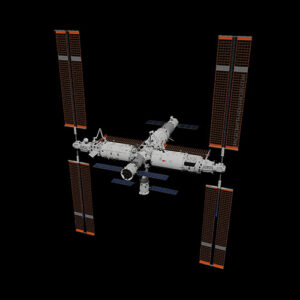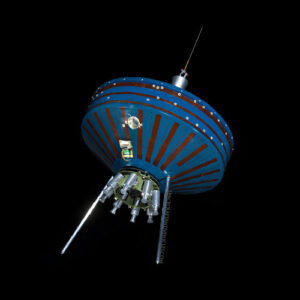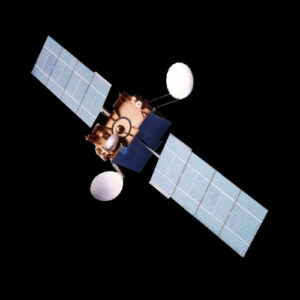The SPOT (Satellite Pour l’Observation de la Terre) satellite series, developed by the French space agency CNES (Centre National d’Études Spatiales), has been a cornerstone of Earth observation since its inception in 1986.
SPOT satellites are renowned for their high-resolution optical imaging capabilities, providing valuable data for applications such as urban planning, agriculture, environmental monitoring, and disaster management. Notable achievements include the deployment of multiple SPOT satellites, each enhancing our understanding of Earth’s dynamic processes and supporting decision-making processes worldwide.
Design and Construction
SPOT satellites feature a robust design optimized for Earth observation missions. They are constructed using lightweight yet durable materials, including aluminum alloys and composite materials, to withstand the rigors of space. The satellites are equipped with high-resolution optical sensors and precision attitude control systems to capture detailed imagery of Earth’s surface. Unique engineering challenges during development included optimizing image resolution, minimizing data transmission latency, and ensuring the reliability of onboard systems in the harsh space environment.
Mission Objectives
The primary mission objective of SPOT satellites is to acquire high-resolution optical imagery of Earth’s surface for various applications, including cartography, urban planning, agriculture, forestry, and environmental monitoring. Secondary objectives include supporting disaster management efforts, monitoring climate change impacts, and facilitating scientific research in diverse fields.
Launch and Deployment
SPOT satellites have been launched aboard various launch vehicles, including Ariane rockets from the Guiana Space Centre in French Guiana. The deployment of SPOT satellites into their designated orbits has been generally successful, allowing them to commence their Earth observation missions without significant issues. Key milestones include the launch of multiple SPOT satellites over the years, each expanding the capabilities and coverage of the constellation.
Technical Specifications
- Dimensions: Vary depending on the specific SPOT satellite variant, but typically measure several meters in length and width.
- Weight: Typically ranges from 1,000 to 2,000 kilograms.
- Payload Capacity: Equipped with high-resolution optical imaging sensors capable of capturing imagery with resolutions ranging from a few meters to sub-meter levels.
- Propulsion System: Typically equipped with onboard propulsion systems for orbital maneuvers and station-keeping.
- Power Source: Utilizes solar panels for power generation, supplemented by onboard batteries for operation during eclipse periods.
- Instruments and Equipment: SPOT satellites are equipped with optical imaging sensors, including panchromatic and multispectral cameras, to capture detailed imagery of Earth’s surface.
Current Status
As of 2024, SPOT satellites continue to play a vital role in Earth observation, providing valuable data for a wide range of applications. The latest generation of SPOT satellites, such as SPOT 7 and SPOT 6, remain active in orbit, supporting ongoing Earth observation missions. Future plans may include the development and launch of additional SPOT satellites to further enhance the constellation’s capabilities and coverage.




